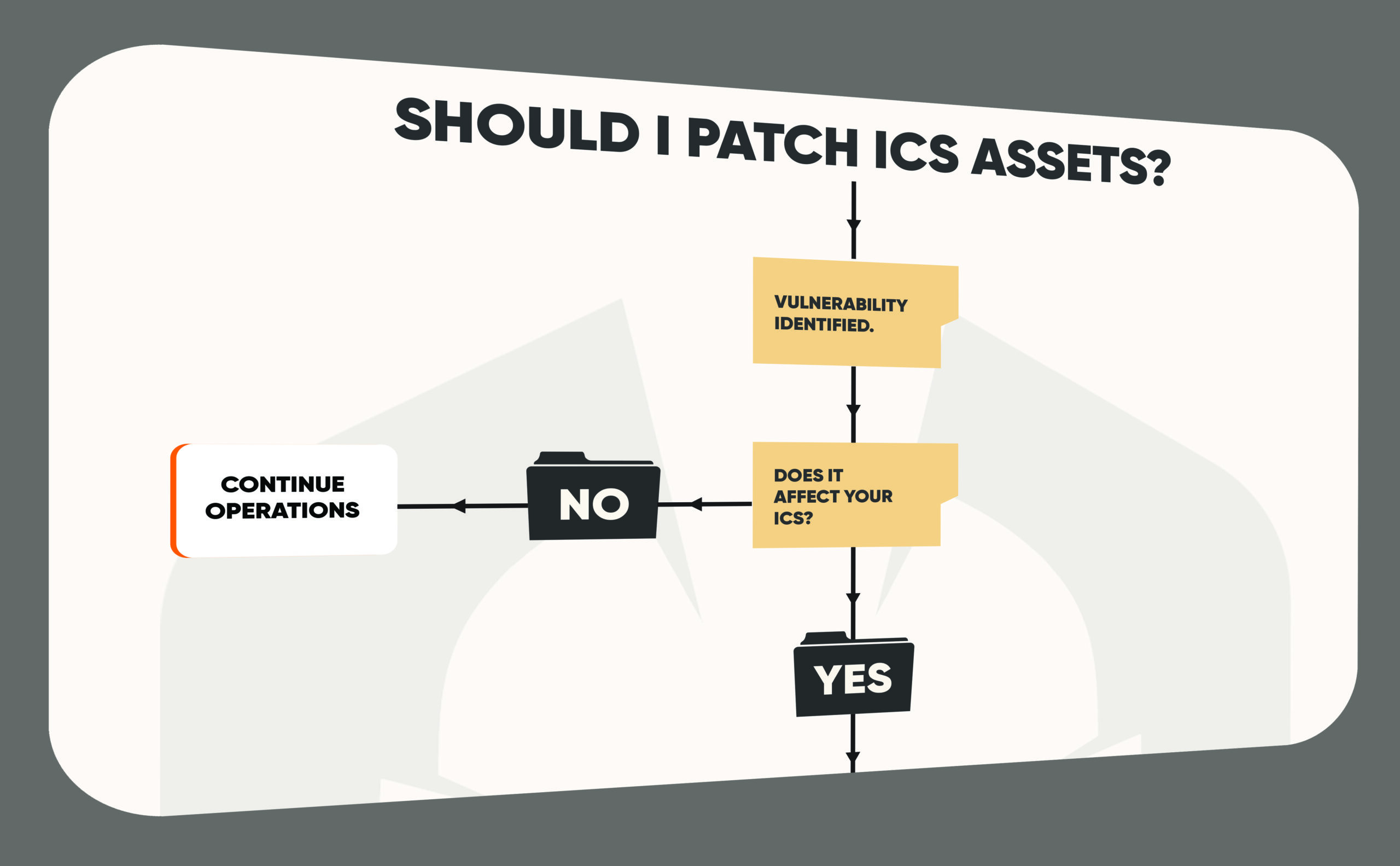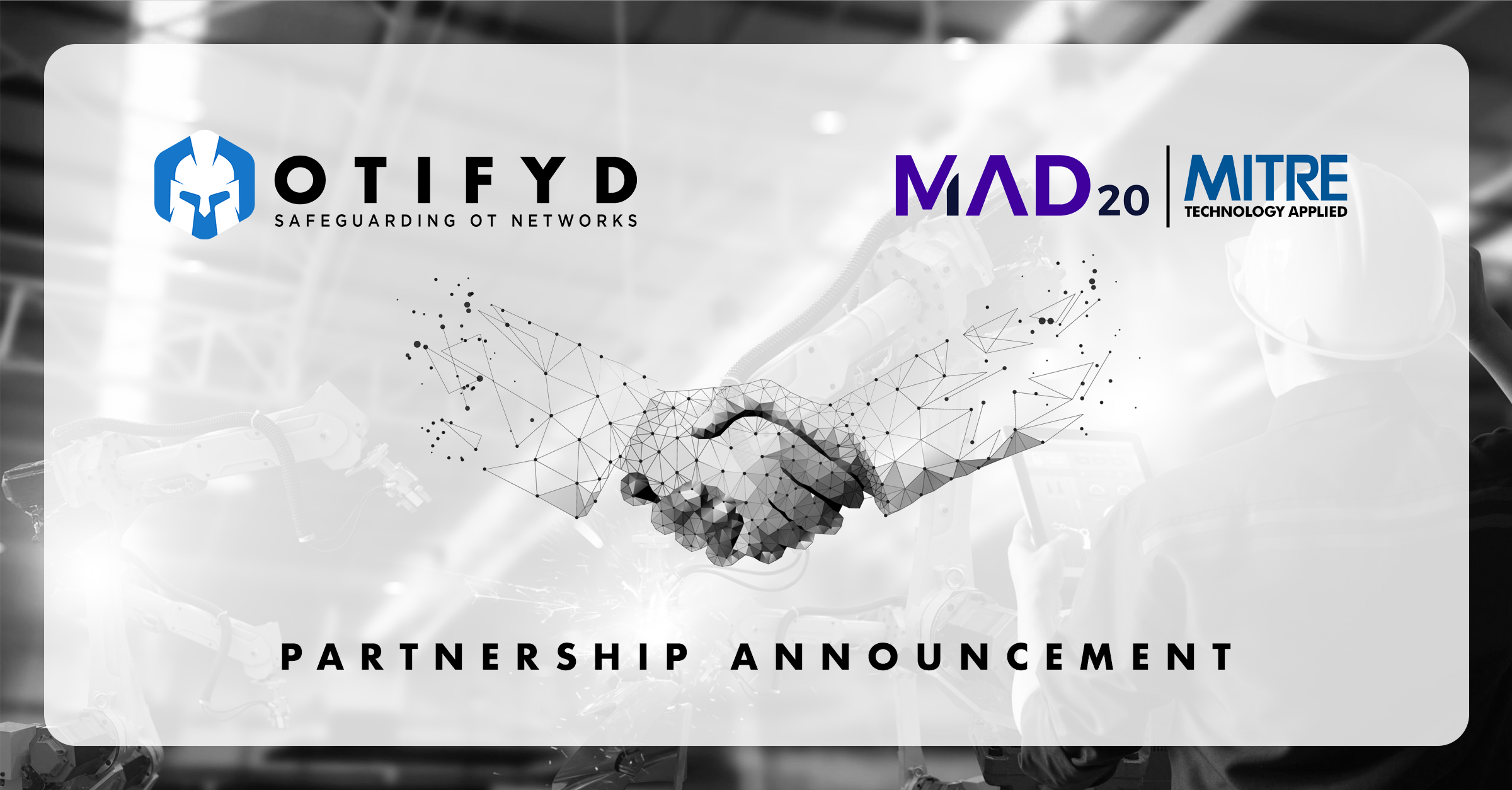Managing Negative PR Implications After a Cyberattack on Critical Infrastructure
Guidelines for Effective Crisis Response
Cyberattacks on critical infrastructure can have devastating consequences, including negative PR implications for the organization responsible for maintaining the infrastructure. In addition to the immediate risks to public safety, a hack can damage the organization’s reputation, leading to loss of public trust, financial loss, and potential loss of competitive advantage. Here are some guidelines on how to handle the PR after getting hacked.
Act swiftly: When a cyberattack occurs, the organization must take immediate action to contain the breach and prevent further damage. This includes shutting down affected systems, identifying the source of the breach, and determining the extent of the damage. This swift action demonstrates the organization’s commitment to protecting public safety and can help to minimize the negative PR impact.
- Communicate openly and honestly: After a cyberattack, the organization must communicate openly and honestly with stakeholders, including the public, government agencies, and regulatory bodies. This communication should include regular updates on the situation, steps being taken to address the issue, and measures being implemented to prevent similar incidents in the future. Being transparent and honest about the situation can help to rebuild public trust and mitigate the negative PR impact.
- Engage with the media: The media can play a significant role in shaping public opinion after a cyberattack. The organization should engage with the media, providing accurate and up-to-date information on the situation. This can help to ensure that the public receives accurate information, reducing the risk of misinformation and speculation.
- Develop a crisis management plan: A crisis management plan should be in place before a cyberattack occurs. This plan should outline the steps to be taken in the event of a cyberattack, including the roles and responsibilities of key stakeholders, communication protocols, and the procedures for containing the breach. By having a plan in place, the organization can respond more effectively, minimizing the negative PR impact.
- Provide support and assistance to those affected: A cyberattack can have a significant impact on those affected, including customers, employees, and the wider community. The organization should provide support and assistance to those affected, including access to information, resources, and counseling services. This demonstrates the organization’s commitment to public safety and can help to rebuild trust with those affected.
If a cyberattack on critical infrastructure creates a natural catastrophe, the negative PR implications can be even more severe. The impact on public safety, the environment, and the economy can be devastating, and the organization responsible for maintaining the infrastructure may face significant legal and financial consequences.
In such a scenario, the organization’s response should focus on three main areas: containing the damage, communicating effectively with stakeholders, and providing support to those affected.
- First, the organization must take immediate action to contain the damage and prevent further harm. This may include shutting down affected systems, evacuating affected areas, and engaging with emergency services to manage the aftermath of the natural catastrophe.
- Second, effective communication with stakeholders is critical. The organization should provide accurate and timely information on the situation, including the cause of the natural catastrophe, the steps being taken to address the damage, and the support being provided to those affected. The communication should be transparent, open, and honest, reflecting the seriousness of the situation and the organization’s commitment to public safety and the environment.
- Third, the organization must provide support to those affected by the natural catastrophe. This may include access to medical and counseling services, financial assistance, and other resources to help them recover and rebuild their lives. The organization should also work closely with local authorities and other stakeholders to coordinate relief efforts and provide the necessary support to those affected.
The negative PR implications of a cyberattack that creates a natural catastrophe can be severe and long-lasting. However, by acting swiftly, communicating effectively, and providing support to those affected, the organization can begin to rebuild public trust and mitigate the negative impact on its reputation. The key to managing the PR aftermath of such an event is to prioritize public safety, transparency, and accountability, and to work closely with stakeholders to manage the impact of the natural catastrophe.















